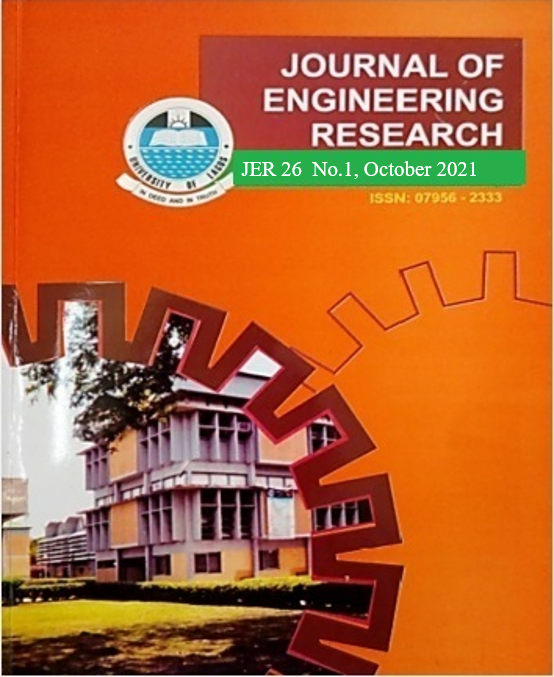Life Cycle Modeling of Economic and Environment Impacts Assessments of a Three Hundred Mega Watts per Day (300MWD) Natural Gas Power Plant in Lagos, Nigeria
Abstract
In this paper, a life cycle model [LCM] is presented to quantify the economic value chain, green houses gases [GHG], carbon footprint and environmental impact categories of a three hundred megawatts (300MW) natural gas power plant operated in Lagos Nigeria. The LCM evolved from the linear space concept where the process flow units of the
power plant are partitioned into economic and environment matrix system based on the final demand vector. The GHG footprints are based on its current technology value chain (raw materials and energy utilization) measured against environmental targets. The results shows that higher water injection rates to the cooling unit of power plant turbine
tend to reduce GHG and other pollution gases from natural gas power plant to within accepted limits. The simulation results show impact categories from power plant operations to be 79% for global warming and 89% for Sulphur (IV) oxide acidification pollution. The Monte Carlo simulation run shows a strong correlation from stochastic generated
values of 22% environmental impact units and 2% net impact.
References
pp23.
Abnernath, S.E., and Knode, T.L. (2001). “Creation of an integrated Management System” SPE 66582 presented at the
SPE/EPA. Exploration and Production Environment Conference, Texas Feb 2001
Bulovas, B.J. (1996). Environmental Target Setting and Ranking. SPE 35831 International Conferences on Health, Safety
and Environment, New Orleans


